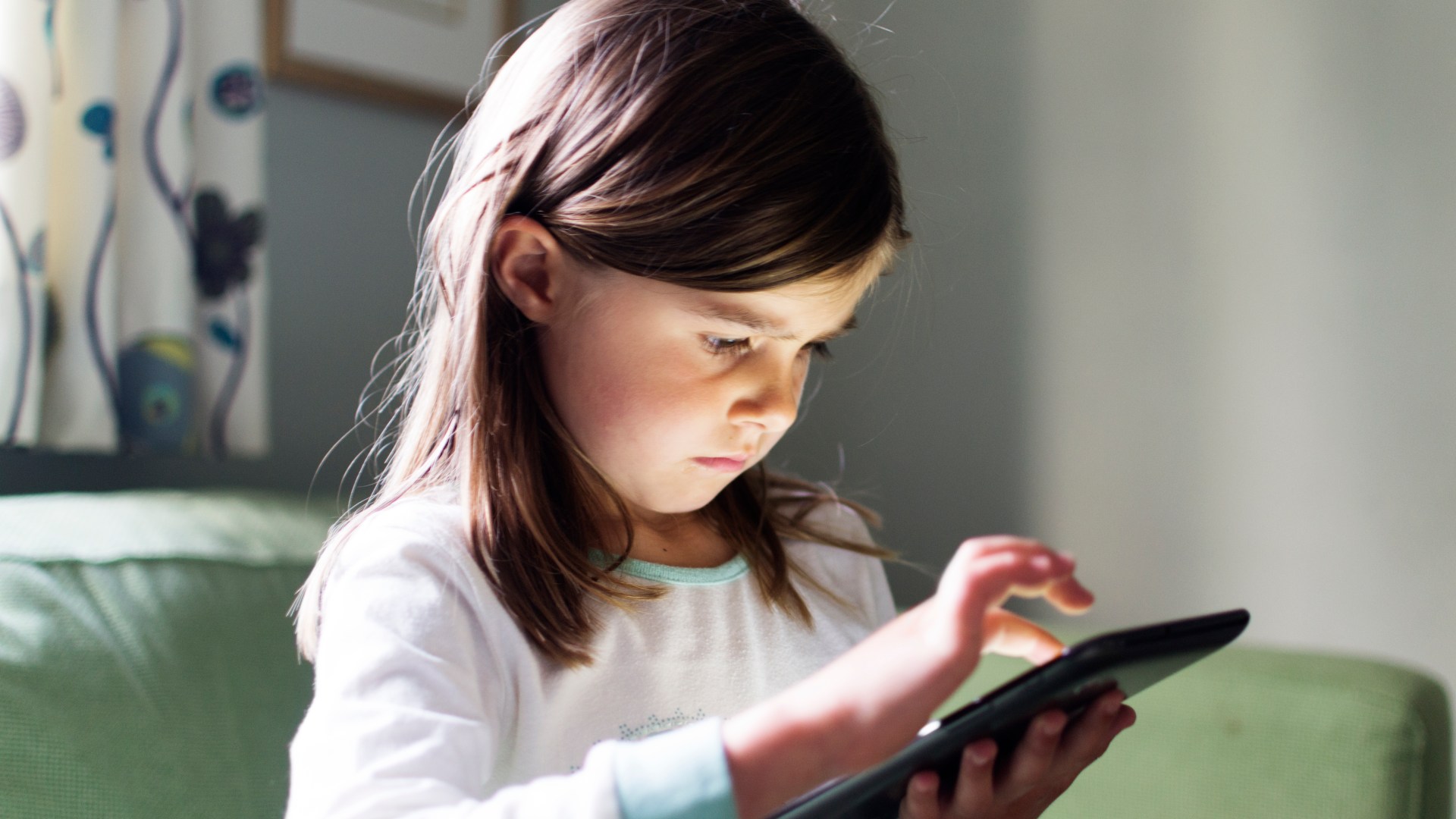COVID lockdowns and days spent staring at screens have left a third of children short-sighted, a study suggests.
Myopia was found to have tripled between 1990 and 2023, according to data on more than five million youngsters in 50 countries.
2

2
The highest rates of the condition were in the Far East, with 85 per cent of children in Japan and 73 per cent in South Korea affected, researchers found.
About 15 per cent of youngsters in the UK and US were said to have myopia.
Those in Paraguay and Uganda were found to be the least likely to have the condition.
Myopia usually starts during primary school years and worsens until the eyes stop growing at about 20.
The rise was particularly notable after the pandemic with diagnosis rates climbing by six per cent in three years.
The researchers wrote: “Concerns have been raised about the potential negative impact of lockdowns on eye health.
“This is due to the increase in screen time that results from extended periods indoors.”
Myopia, which can be passed genetically, is expected to affect 40 per cent of children globally — about 740 million — by 2050.
Young boys are three times more likely to develop the condition than girls.
The researchers, writing in the British Journal of Ophthalmology, encouraged young people to practise “eye-protective measures” and spend more time exercising outdoors instead of sitting at home looking at screens.




